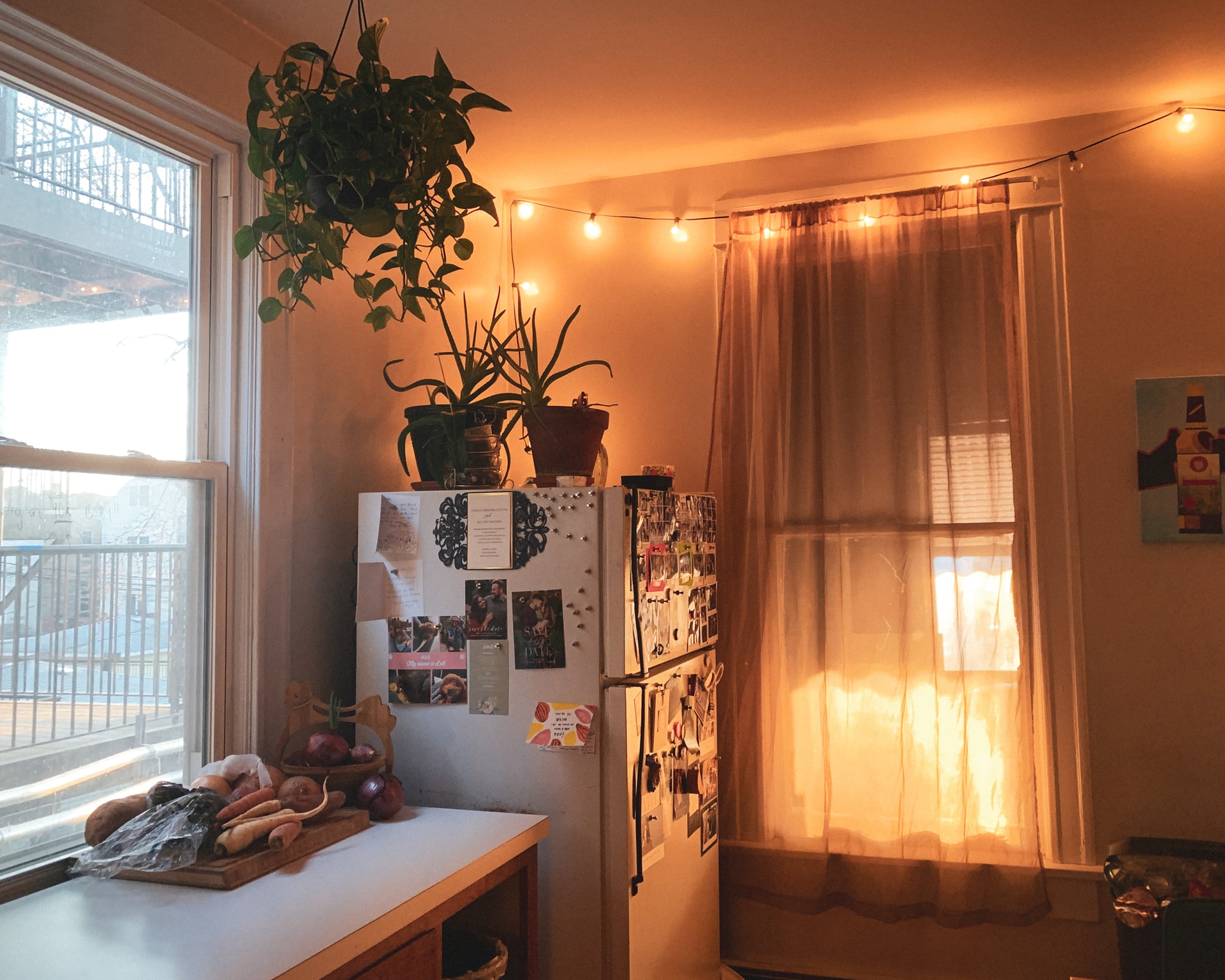In Part 1 of How to Repair Old Kitchen Cabinets, we talked about dealing with problematic hardware. Then, in Part 2, we went on to painting and papering cabinetry. Finally, we’re ready to talk about covering damage and finishing touches.
Broken Doors
While it’s not a common issue, sometimes a cabinet door breaks. If your cabinet door has broken, the easiest way to fix it is to use wood glue and a piece of reinforcement wood. Wood glue is available at most regular stores with any kind of craft or repair sections as well as any hardware store.
Cover a flat surface with newspaper or sheet plastic to start. That way you won’t accidentally get wood glue on your floor or table. Place your cabinet door with the exterior face down. Squeeze a small line of wood glue along the inside of the crack as close to the up-facing surface as possible. This will hopefully prevent the glue from squeezing out the side of the door that’s visible when installed. It will also hopefully prevent the glue from sticking to whatever you’ve covered your surface with.
Slide both pieces of the door together and hold them firmly in place for as long as your glue’s instructions say to.
If your door is broken in half, you’ll want to reinforce it with another piece of wood. You can do this by placing a thin piece of wood flat against its back and screwing it in place, or by using wood glue to attach it. This additional piece connecting the two halves from the larger surfaces on the door’s back will keep it from breaking again (without provocation, of course).
When your door has completely finished drying, you may have a small crack across the front still due to the glue expanding. Use a hole-filling putty to fill this gap, then scrape away excess. Once it’s dry, you should be able to sand it smooth and then paint over it.
Drawer Tracks
Old kitchen cabinets often falls victim to one or more of the drawer tracks breaking off. This happens when cabinets settle for years and the drawers no longer fit right. Trying to force them closed can lead to tracks coming loose.
If your cabinetry’s interior walls are still nearly-perfectly vertical, and capable of holding drawer tracks properly, you can reinstall the track or buy a new one. This can be done by using a straight-edge, a pencil, and a level to mark the inside of your drawer opening.
- Measure how far your existing track is from the back or front of the cabinetry.
- Use your straight-edge and level to create a line and mark the opposite cabinet wall from the base of the existing track, to show what height to place the new one.
- Screw in your new track and replace your drawer.
Shelf Papering
If your cabinetry has old water damage that you’re sure isn’t hiding mold growth beneath it, there’s nothing left but to do about it but cover it up. Shelf papering is somewhat antiquated, but can be used to easily cover damaged wooden shelving. Plus, modern papering or vinyl can look very modern. This is usually easily applied with a measuring tape or ruler to measure the shelf size, some scissors to cut it to shape, and some adhesive.
Door and Drawer Padding
When your doors and drawers have been fixed up and re-hinged to the cabinetry base, there’s one more step. This is often a step missed by people, but it really ties everything together: Door padding.
Available in any hardware store are small, circular or hexagonal pads with adhesive on one side. These are to be stuck on the inner top and bottom corner on the moving side of any cabinet door as well as each corner of your drawers. They prevent your doors and drawers from slamming into the base cabinetry. Not only does that mean quieter operation, but you’re less likely to end up with damage to your cabinetry from repeated impact.
Get the Cabinetry You Deserve
If DIY results aren’t really fitting with your interior design sense, Don’t bother with DIY. Instead, replace your old kitchen cabinets instead. Discount Kitchens makes replacing all of your cabinetry affordable and long-lasting. Don’t overpay for name brand cabinets that break within a few years. We offer the best cabinets in Toronto, for an equally impressive price. Give us a call if you have questions.

